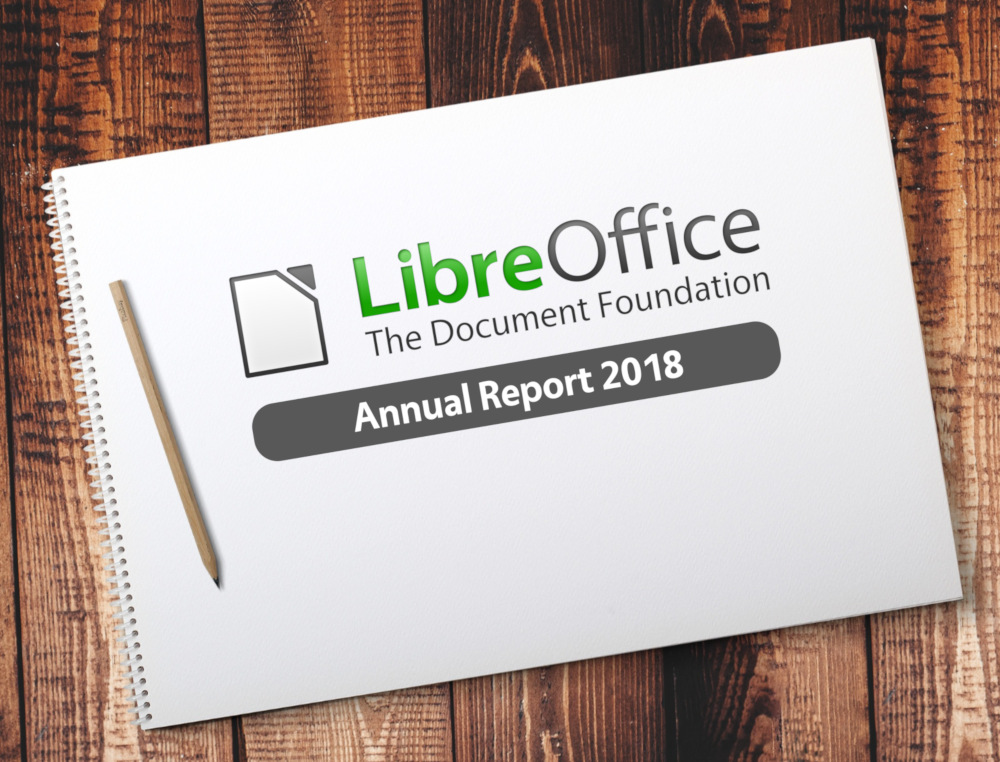
Thanks to your generous donations, and contributions from our ecosystem of certified developers, we released two major releases of LibreOffice in 2018: 6.0 on January 31, and version 6.1 on August 8.
In addition, 14 minor releases were also made available throughout the year, for the 5.4, 6.0 and 6.1 branches. Meanwhile, several Bug Hunting Sessions were held in preparation for the new major releases. These typically took place on a single day between set times, so that experienced developers and QA engineers could help new volunteers to file and triage bugs via the IRC channels and mailing lists. The Bug Hunting Sessions for LibreOffice 5.4 were held on April 27, May 28 and July 3 – while those for LibreOffice 6.2 took place on October 22, November 19 and December 21.
LibreOffice 6.0
On January 31, LibreOffice 6.0 was officially released after six months of development. This included a new ePUB filter, for saving documents as eBooks, while support for opening QuarkXPress documents was added as well. Other new features included: a revamped special characters dialog; OpenPGP support for signing and encryption on all desktop platforms; a brand new web browser-based help system; and better flexibility when using custom dictionaries.
In addition, LibreOffice 6.0 lets users perform mail merge operations using data from tables inside Writer itself, while in Calc, new commands were added to select unprotected cells on protected or unprotected sheets. Impress was also improved thanks to 10 new templates, designed for home and business use. This video summarises the improvements:
Please confirm that you want to play a YouTube video. By accepting, you will be accessing content from YouTube, a service provided by an external third party.
If you accept this notice, your choice will be saved and the page will refresh.
LibreOffice 6.1
Later in the year, on August 8, LibreOffice 6.1 was made available. This release included many new features such as Colibre, a new icon theme for Windows based on Microsoft’s icon design guidelines, which makes the office suite visually appealing for users coming from the Microsoft environment.
The image handling engine was reworked to be significantly faster and smoother thanks to a new graphic manager and an improved image lifecycle, with some advantages also when loading documents in Microsoft’s proprietary formats.
Then there was the reorganization of Draw menus with the addition of a new Page menu, for better UX consistency across the different modules, along with a major improvement for Base, only available in experimental mode: the old HSQLDB database engine has been deprecated, though still available, and the new Firebird database engine is now the default option (users are encouraged to migrate files using the migration assistant from HSQLDB to Firebird, or by exporting them to an external HSQLDB server).
Finally, Online Help pages were enriched with text and example files to guide the users through various features, and are now easier to localize. Check out the other short video:
Please confirm that you want to play a YouTube video. By accepting, you will be accessing content from YouTube, a service provided by an external third party.
If you accept this notice, your choice will be saved and the page will refresh.
